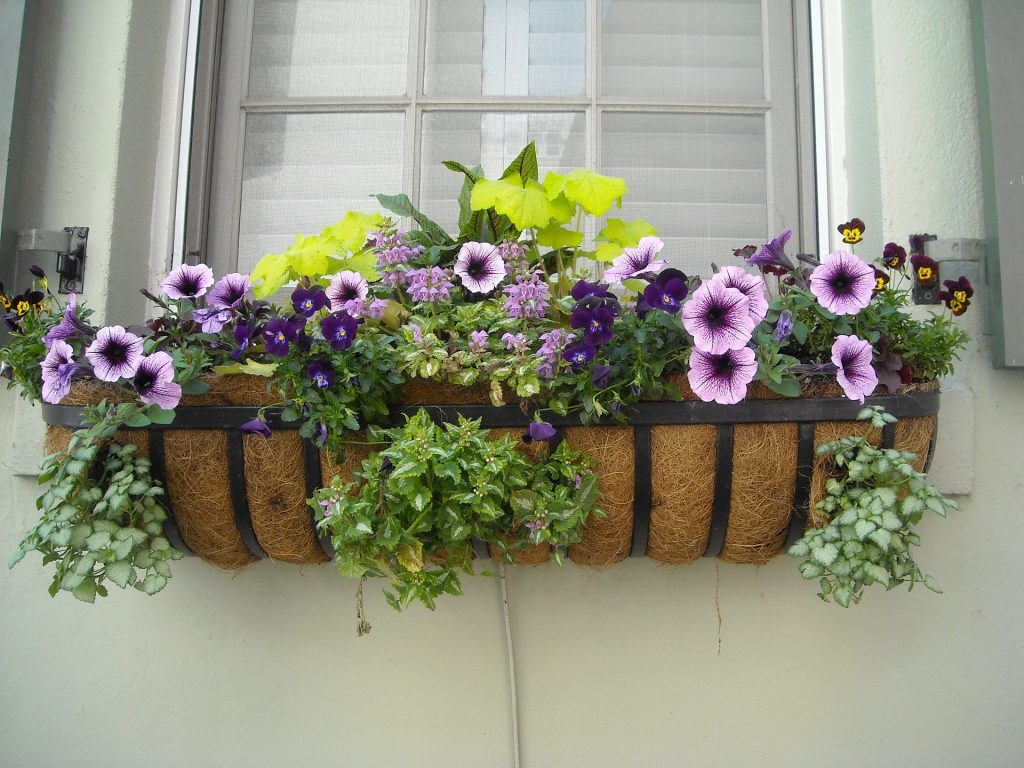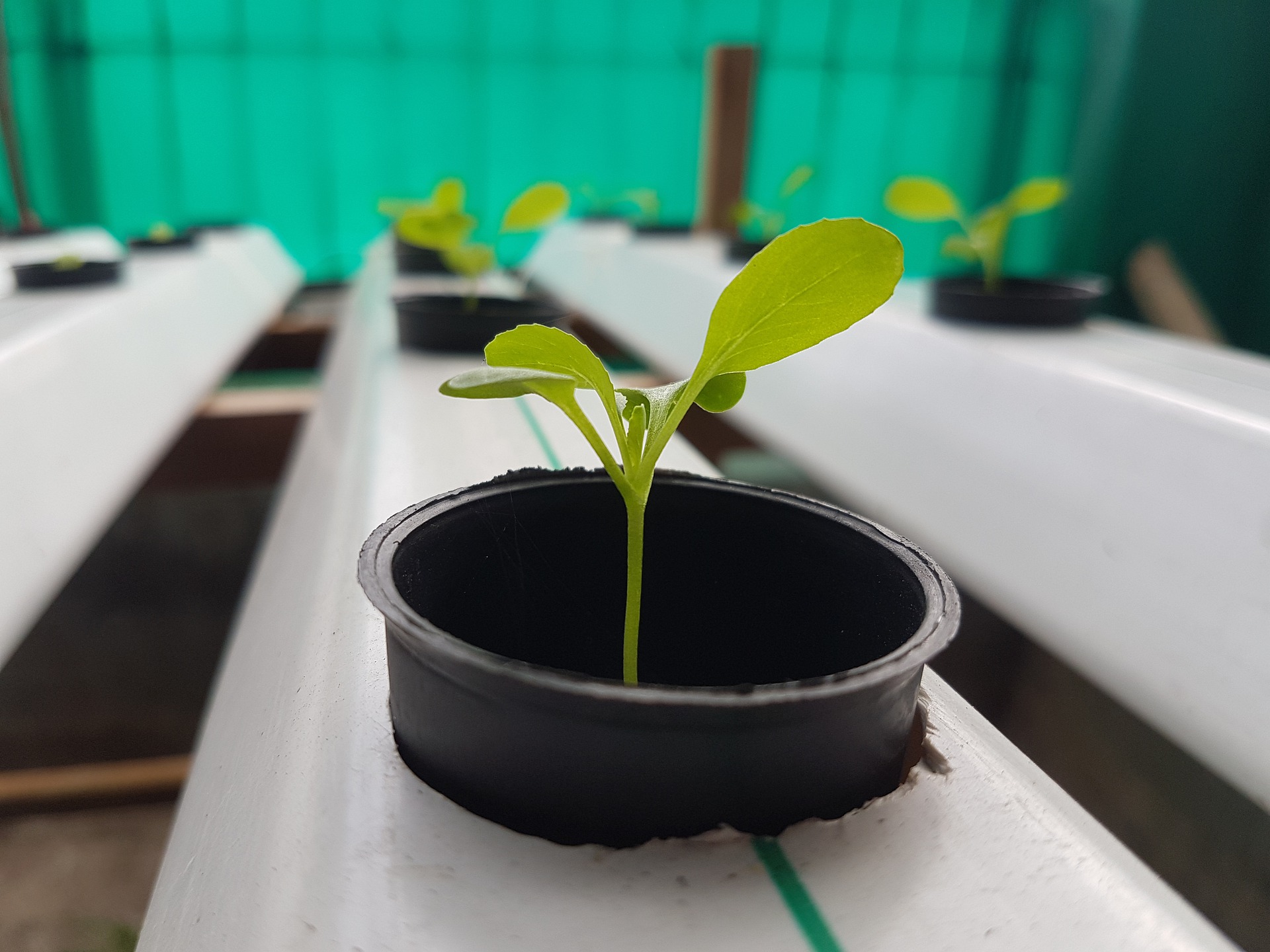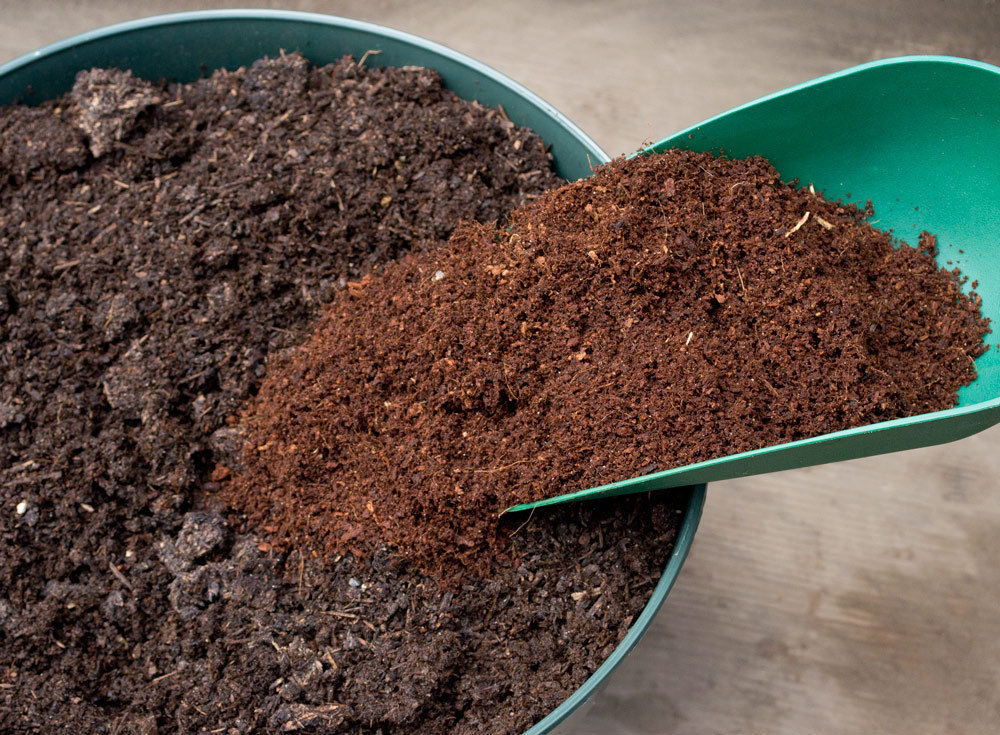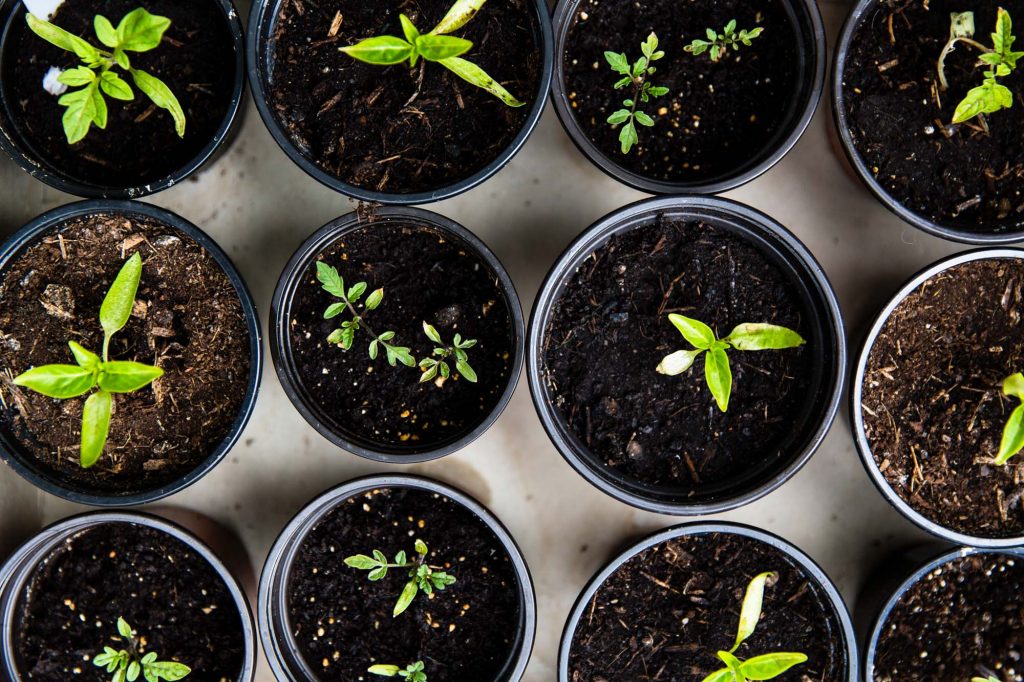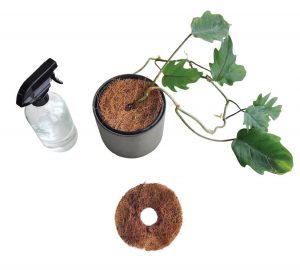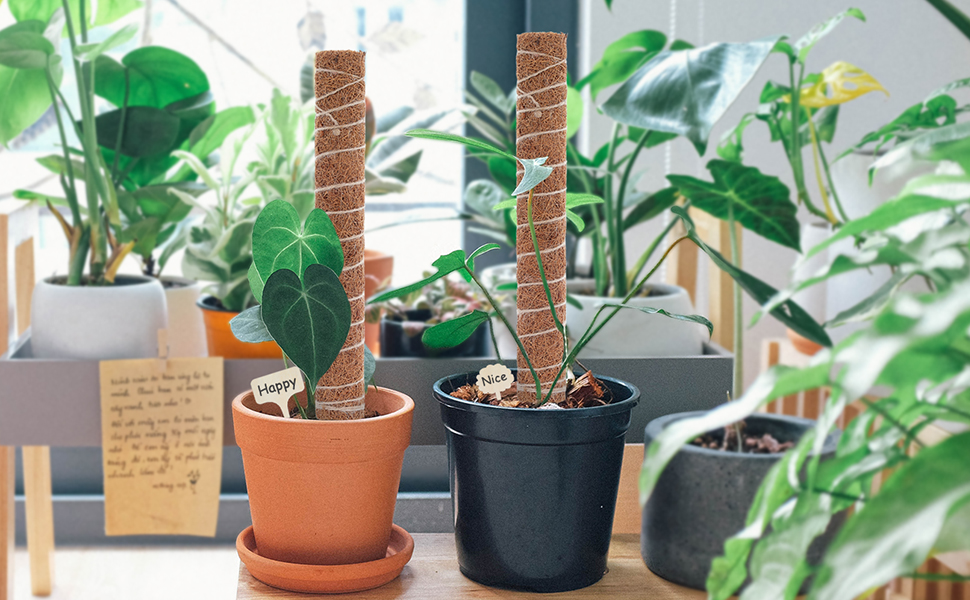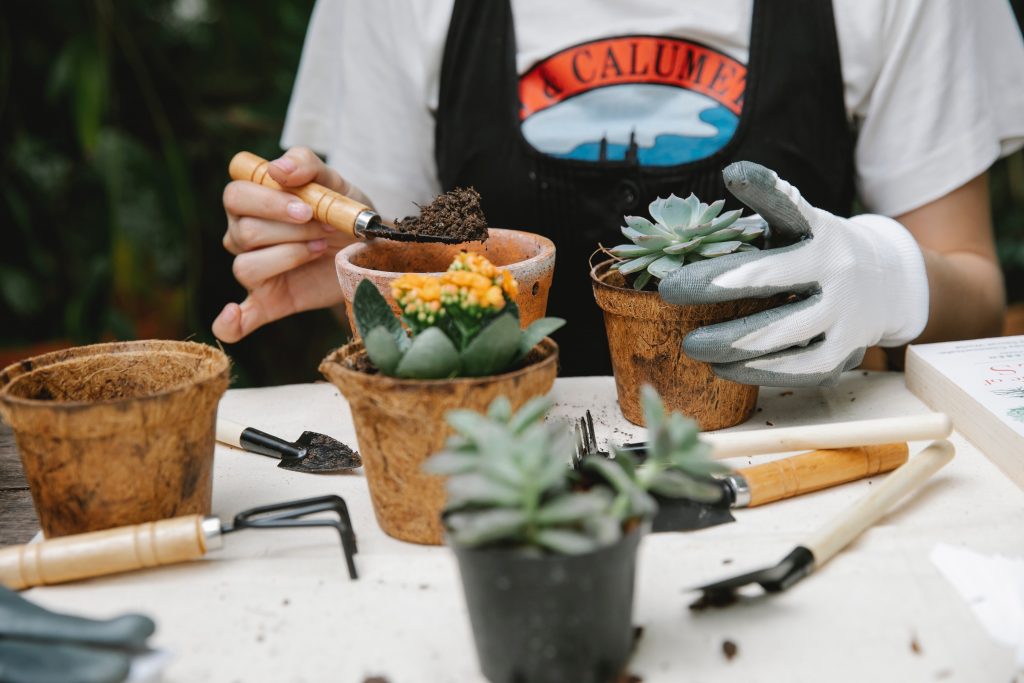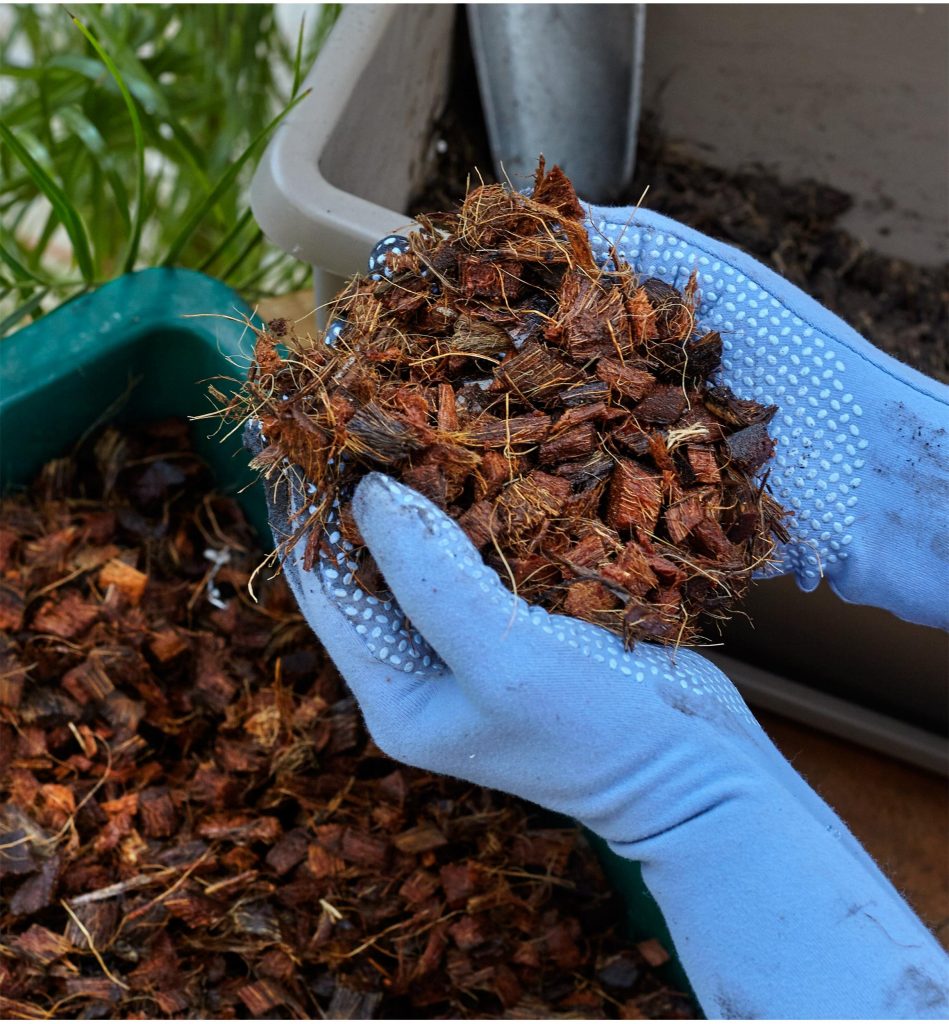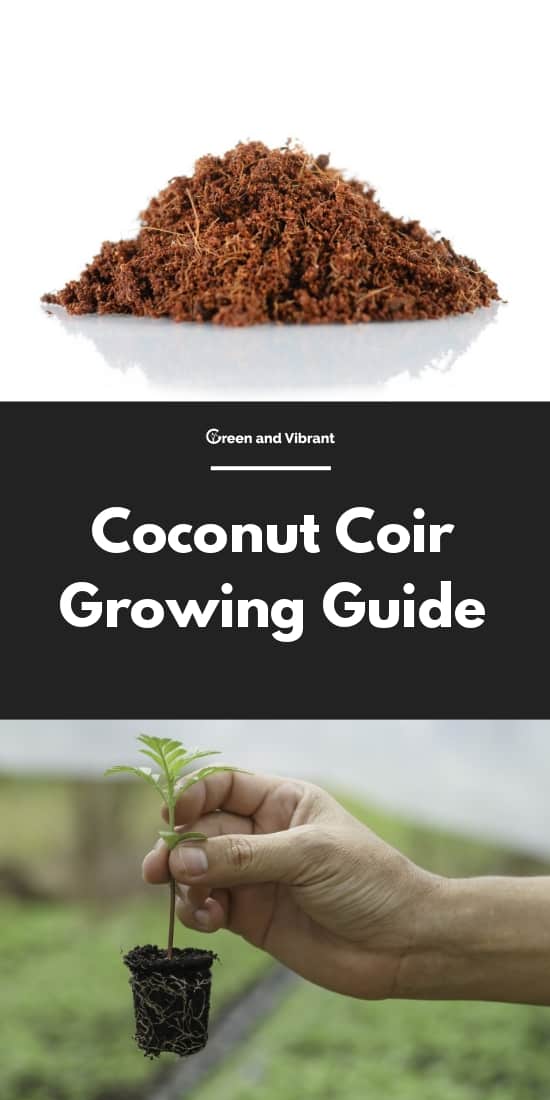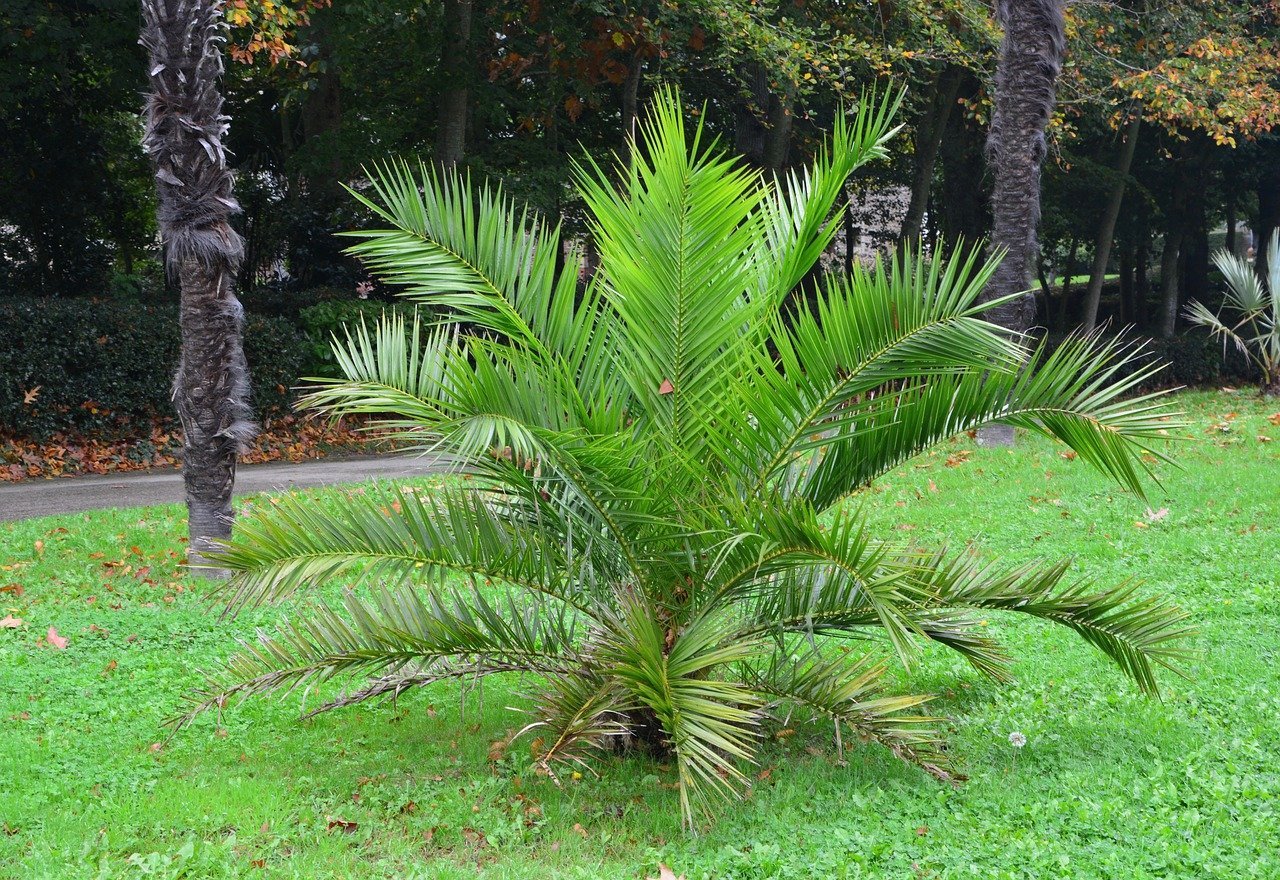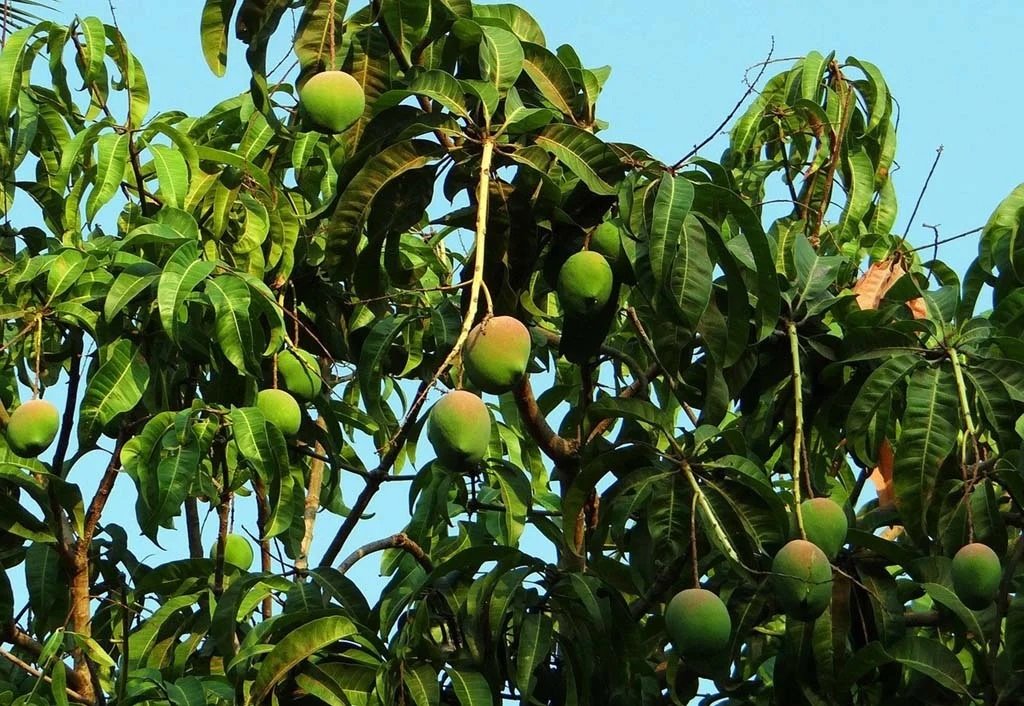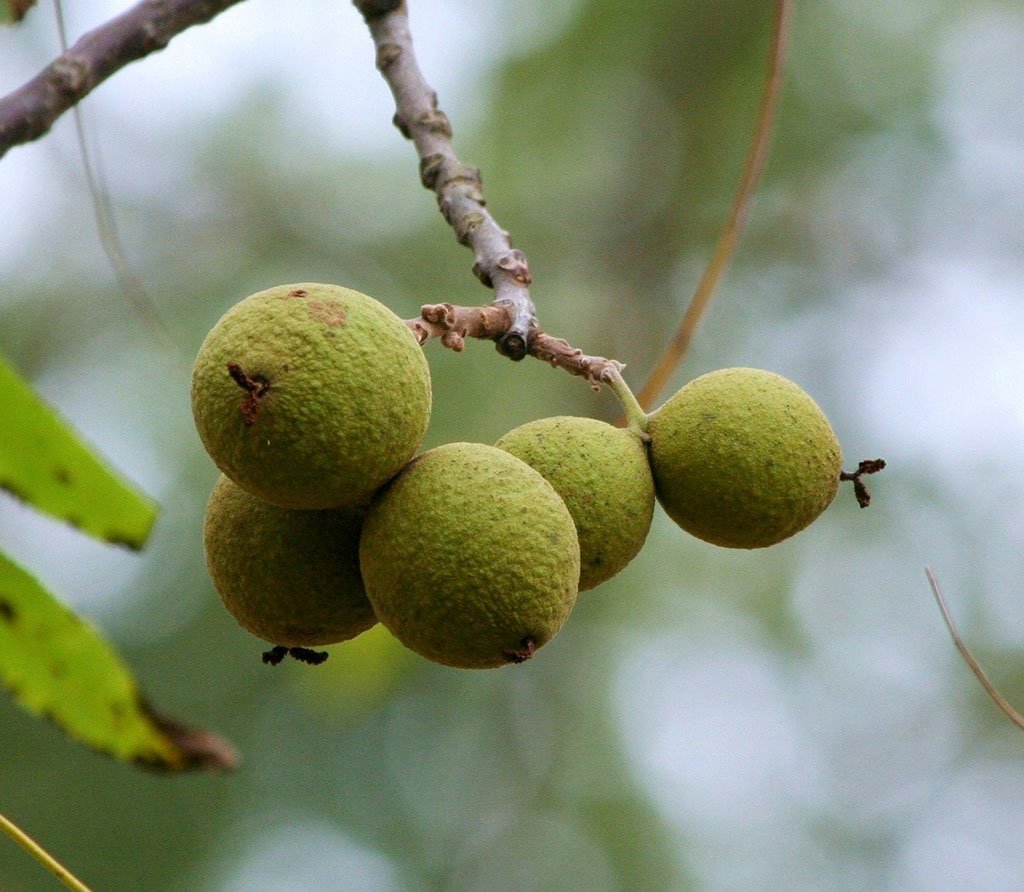Home growers and gardeners tend to be quick to learn one of the most uncom... Read More
- Home >
- Coconut Coir – What It Is, Varieties, and How to Use It
Coconut Coir – What It Is, Varieties, and How to Use It
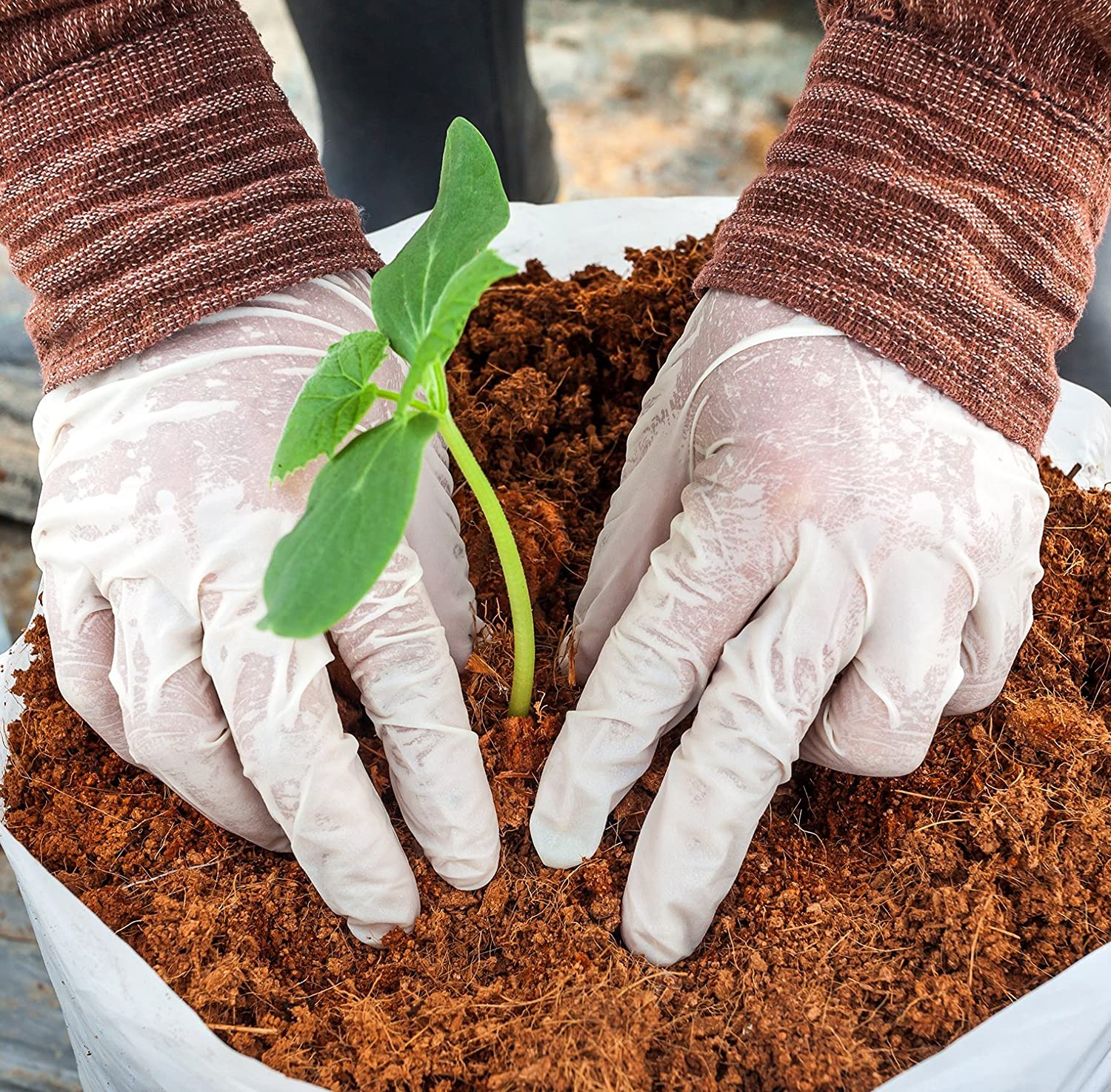
The growing medium meets soil additive, coconut coir (or coco coir for short), is a favorite among green thumbs for good reason. Coconut coir retains water and breaks up soil just like peat moss. But unlike peat moss, coconut coir is a renewable byproduct, has a more balanced pH, and doesn’t break down as quickly. If you’re looking to improve your gardening game, learn how to use the many forms of coconut coir in your soil, planters, hydroponic systems, and more.
Where to Use Coconut Coir
To start, you should know that coco coir comes from the outer shell or husk of coconuts. Coir is available in many different textures and forms, each of which serves its own special purpose for gardening. To learn more about where and when you should use coco coir, keep reading.
Hanging planters and baskets
Hanging baskets and window box planters love coconut coir fiber. Plants do not grow directly in the coir fiber. Instead, it lines the basket or planter, creating a breathable, attractive, and natural pot that’s much lighter than ceramic options. The coir fiber holds the potting medium in place, while retaining water and slowly releasing it to the plants. Coconut coir as a basket liner also makes it easier for plants to receive oxygen thanks to its porous nature. Here’s how to use coir fiber in your hanging baskets and planters:
- Start by lining the basket or planter with coir fiber, then add your growing medium — this should be a 50/50 mix of rehydrated coir and perlite.
- Next, add your desired plants, keeping their roots below the surface of the soil.
- Water your planter and watch your plants grow. Because coir fiber is naturally very porous, it allows more water to escape. This means your soil may dry out more quickly than a traditional pot, so just check your soil regularly.
Shop for coconut coir basket liners
Hydroponic systems
Coco coir has many qualities that make it fantastic for hydroponics. It’s slow to decompose, retains water well, is pH neutral, and helps transfer nutrients to the plant’s root system, as well as being anti-fungal. That’s a recipe for happy and healthy indoor plants.
To use coconut coir for in your hydroponic system:
- Hydrate and wash the coir to remove any salt that might have been left over from its commercial processing. Keep rinsing until all of the tannins — the chemicals that make the water look like iced tea — are washed out.
- Mix the coir with an equal amount of clay stones to create your growing medium.
Depending on what you’re growing in your hydroponic system, it’s important to add nutrients to the plants about once a month. Coir has plenty of potassium and phosphorus, but lacks other essential nutrients like calcium, chlorine, copper, iron, magnesium, manganese, and nitrogen. Do your research to make sure your nutrient mix works well with the coco coir. You can also enrich your growing medium by adding microorganisms and worm castings.
Shop for coconut coir growing medium
Vegetable gardens and flower beds
Coco coir improves the soil for both flower and vegetable gardens. For a less expensive option than ready-to-use coir mix, try purchasing and preparing a coco coir brick.
To prepare a coir brick:
- Place the brick in a large plastic tub or wheelbarrow. Leave room for it to expand once water is added. Coir bricks can grow up to 15 times the size of their original form.
- Add six parts water to one part coir brick and let it sit for 10 minutes.
- Continue adding water, about a cup at a time, until the coir is broken up. It feel moist and soil-like.
- Break up any chunks with your hands or a shovel.
- Add nutrients that are appropriate for the plants that you’ll be using.
- Spade the prepared coir into your soil to a depth of one to two feet.
- Store whatever coir you have left over properly (more on that to come).
Seed starting
When starting seeds, soil discs made from coconut coir pellets are oftentimes a must. These discs are small, compressed tablets about two inches in diameter. They sit flat, pack well into trays, and quickly expand when wet. Coco coir discs are an excellent home for seedlings because they leave room for root expansion and have a biodegradable composition, which makes transplanting a breeze. To use coconut coir discs with your seedlings:
- Place the seed inside of the center of the disc, then set the disc in a shallow pan.
- Slowly add water, and the disc will rapidly absorb the water and begin to swell.
- Continue adding water to the pan as needed, and soon, the seed will sprout and start to grow.
- Once the seedlings are large enough, prepare the soil where you will be planting them. Dig a hole slightly larger than the swelled discs, and place the seedling in the ground. If your coco coir discs have netting, you will want to snip them off to ensure the roots can escape.
As the seedlings’ roots spread, the coir disc retains moisture and improves the plants’ ability to adapt to life in the garden by keeping it hydrated consistently.
Container plants
Coconut coir fiber is quite beneficial when used at the bottom of pots or as a soil topper. When used at the bottom of your pot, you won’t have to worry about watering as often because the coir fiber retains moisture and helps prevent water from dripping out. And when used as a cover over the soil, the coir prevents evaporation. Simply place a few inches of coconut coir fiber at the bottom of your pot before adding potting mix or cover the top of your soil by fitting it around the base of your plant.
Shop for coconut coir protectors
Climbing plants
Plants that climb like vines and roses benefit from coconut coir poles. These poles have coco coir fiber wrapped around them. To use one, push the pole into the ground or into the center of your container and plant the seeds at the pole’s base. The plant will wind its way around the pole, enjoying the extra support and moisture that it receives from the coir.
Biodegradable pots
Coco coir is popular as biodegradable, molded pots. Nowadays it’s common to purchase a plant from your local nursery that comes in a coconut coir pot. Because coir is so beneficial for transplants, most coco coir molded pots are sized for seedlings.
You can transplant your disc-started seedlings into these coir pots and continue to growing your plants indoors until you’re ready to transplant outdoors. Once the weather outside warms enough, simply place the plant, coir pot and all, in your garden or flower bed. The coir pot holds moisture and gently protects the new roots as they expand. The coir pot wears away over time as your transplant adapts to its new home outside.
How to Use Coconut Coir Chips
Coco coir chips work well for both indoor and outdoor plants. They’re made by chipping the fibrous section of the coconut shell into small pieces. As opposed to bark and other wood chips, coconut coir chips break down slower and more evenly, and are also anti-fungal.
Indoors, they can be used as part of the growing medium for tropical plants and are especially popular for orchids. Outdoors, they can be used as mulch. In both situations, coir chips absorb water, then slowly release it for the plants around them.
How to Store Coconut Coir
Coconut coir becomes unusable if it’s not stored properly, but can be saved for future use when the right steps are taken. Because coir is exceptional at retaining moisture, it breaks down in storage if you don’t keep it in a cool, dry location. Use a waterproof bag or container to prevent your coir from absorbing humidity and avoid storing coir in direct sunlight.
If you’re using previously stored coir, add 10% to 20% more perlite than normal to supplement the extra nutrients that may have depleted in storage.
Things to Watch For
Coconut coir that you buy goes through a curing process to make it usable in gardens. This curing process is done using either freshwater, saltwater, or a mechanical process. The method in which coir is cured can affect the likelihood of contaminates, its longevity, and price. When selecting a coconut coir product, you want to know:
- If the coir was saltwater treated or mechanically cured. If so, rinse it very well.
- How the coir was stored before purchase. If coir gets damp, it can mold and grow harmful pathogens.
- If the coir has been “buffered” or treated to be chemically sound for plants. Unbuffered coconut coir throws off your soil’s nutrient balance.
Give Coir a Try in Your Garden
Gardening is all about caring for the environment around you and coconut coir embodies that philosophy. It’s a natural and renewable resource that provides your plants with plenty of moisture and room to breathe and grow. Keeping coconut coir in its many forms near your potting table will come in handy time and time again. Just be sure to purchase high-quality products and store them in a dry, cool, sun-free spot.
Related Content
-
All about Spider Mites and How to Get Rid of Them
-
What is Perlite? What is its use in the garden?
Have you ever used a bag of commercial potting soil? If so, you may have n... Read More
-
Different Types of Earthworms with Pictures & Facts
There are many types of worms, but those that we commonly encounter in our... Read More
-
Best CFL Grow Lights – Grow Guide & Reviews
CFLs are no doubt among the most popular light types used in the last 20 y... Read More

